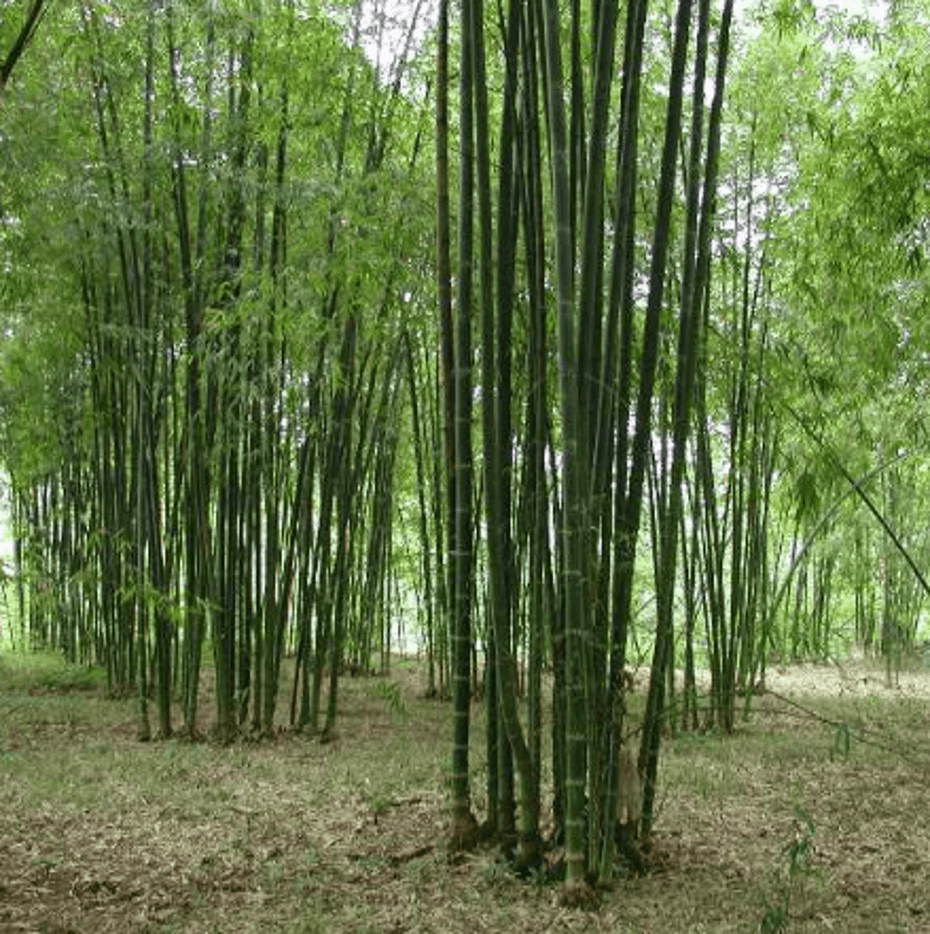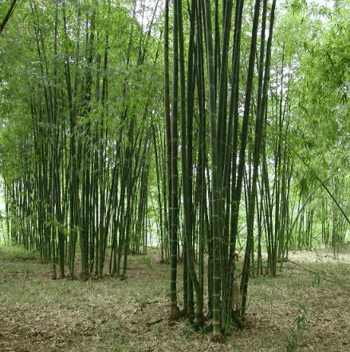Luong Bamboo (Dendrocalamus barbatus)

Luong bamboo, scientifically known as Dendrocalamus barbatus and belonging to the grass family (Poaceae), is a large native bamboo species found in the mountainous forests of northern Vietnam. It is particularly common in provinces like Thanh Hoa, Nghe An, Hoa Binh, and Son La.
This plant is a clumping shrub that grows in dense clusters, reaching heights of 10 to 18 meters. Its straight culms (stems) can have a diameter of 8 to 12 cm. The culms are dark green, glossy, and have distinct nodes. They have thin walls but are extremely tough and durable. Luong bamboo has dense, long, lance-shaped leaves that remain green year-round. It is a fast-growing species that thrives in humid tropical climates and on sloping hill soils, playing a crucial role in soil retention, erosion control, and forest economic development.
Economic Value and Applications
Luong bamboo is highly valued for its economic benefits and diverse uses. Its culms have exceptional flexibility, toughness, and durability, making them widely used in civil construction for scaffolding, rafters, wall partitions, and household items like chopsticks. It is also used in the production of plywood and industrial paper, and for export.
Additionally, Luong bamboo shoots are a food source rich in fiber with a slightly sweet taste. They are often cooked or canned. For people in the mountainous regions, Luong bamboo is not only a source of sustainable livelihood but is also deeply intertwined with their daily cultural and social life.
Many localities, such as Quan Hoa district in Thanh Hoa province, have established tens of thousands of hectares of Luong bamboo plantations, making it a key crop for agro-forestry economic development. With its strong vitality, excellent regenerative ability, and high utility, Luong bamboo stands out as one of Vietnam's most valuable and representative bamboo species.





